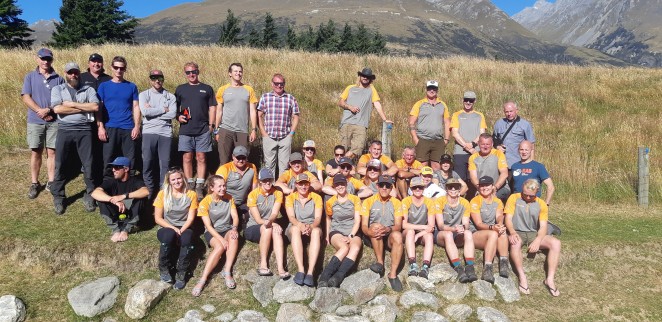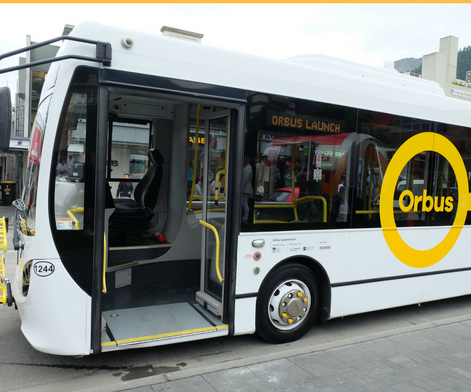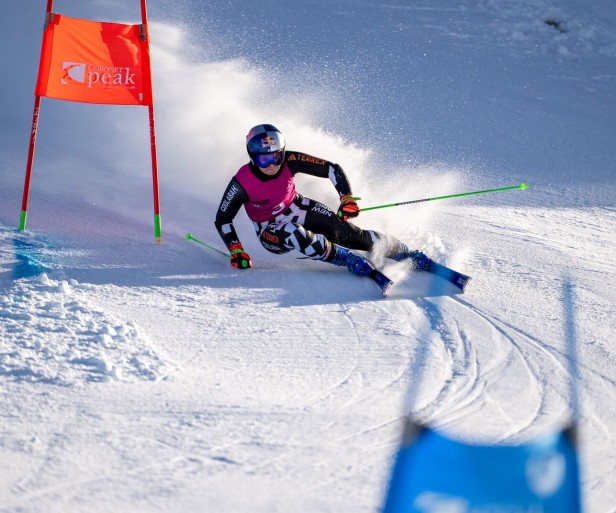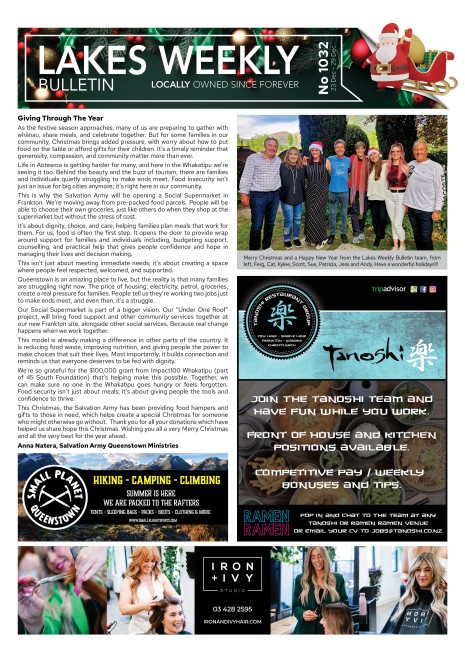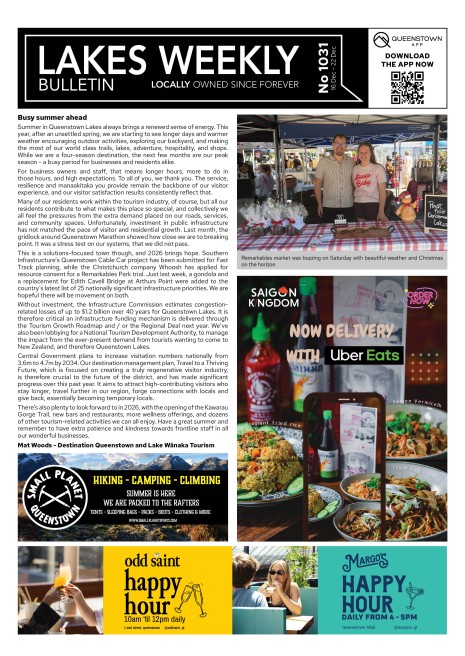Busy summer for search and rescue volunteers
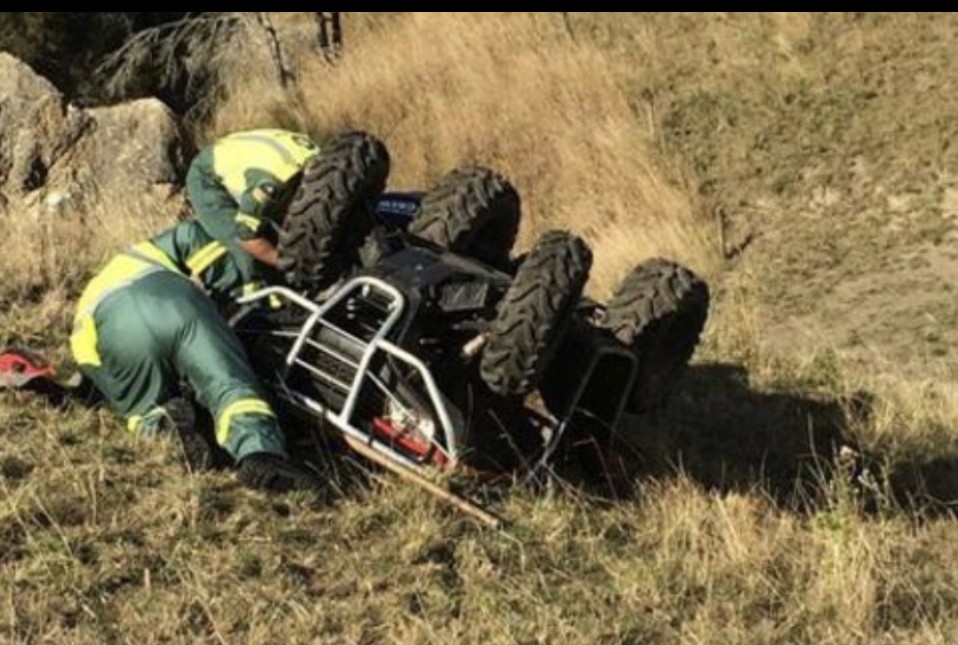
There’s been a large spike in search and rescue call-outs in the southern region since January, with a significant number thought to have been in the Queenstown Southern Lakes area.
A marked increase in people using personal locator beacons (PLBs) in the outdoors can be partially attributed to the increase in call-outs, but emergency services say post-Covid there are definitely more people exploring the outdoors.
The increase in call-outs for what is a volunteer service has put pressure on Wakatipu SAR in a district plagued by staffing shortages, says local group training officer, Johnny Franklin. While they have a full team of experienced volunteers, it’s getting increasingly difficult for many of them to get away from work or family commitments to attend search and rescue call-outs, he says.
Wakatipu SAR currently has 91 volunteers, including at least one doctor, two ambulance officers, mountain guides, farmers, ski patrollers and tradesmen. However, many are finding it harder to get time of work with employers and businesses already stretched, says Johnny.
“Because of the nature of what’s happening in workplaces employers can’t always find people to replace our volunteers while they’re on a search.” Recently they’ve been unable to meet full requirements on a few occasions and had to put a few less than the usual six teams of three. “Our greatest shortage is team leaders with the necessary experience to go out on the ground and manage the response.” This includes the specialist Alpine Cliff Rescue Team.
One of the biggest operations during the busy summer was the search for missing hunter Murray Horsfield, who died above the Dart River.
Johnny says they’re frequently called to search for people stuck, or ‘bluffed’, high on The Remarkables. In another call-out a hunter got his leg trapped in rock fall above Wye Creek, sparking a helicopter and Fire Service response.
SAR bosses say the huge uptake in the use of PLBs is taking the search out of search and rescue with many successful happy endings though, over what was a busy summer in the whole southern region. Unfortunately a large proportion of people locally still don’t carry beacons which greatly reduce rescue times and can save lives.
PLB activations are all picked up by the central Rescue Co-ordination Centre (Maritime NZ) in Wellington which gets an immediate GPS location and has personal details for every registered beacon. They dispatch the appropriate rescue response.
Maritime NZ spokesperson Vince Cholewa says statistics show the number of RCC incidents jumped from about three in the southern region in January to about 32 last month (March), trailing down into April.
NZSAR spokespersonTania Seward says one in three land-based rescues are sparked by PLB activations, compared with one in six five years ago.
“They’re more widely available, cheap, and tell rescuers exactly where you are.”
PLB use has really ramped up since 2020 with many lives potentially saved, she says. “Before that people were literally waiting until Mum reports them missing, or they don’t turn up at work.”
“In 90 percent of PLB activations it takes just under eight hours to rescue someone. With no beacon it’s up to 17.5 hours.”
Of 140 lost or missing reports in the southern region from December 1 until February 28, 95 resulted in SAR operations – just over one a day. “A pretty high concentration of these were around the Southern Lakes,” says Tania. Fifty-four were instigated by a PLB or satellite messenger device. The busiest day was January 29 with five, with four each on two other days. “This is a higher proportion than that which we usually see for all of NZ, likely reflecting the more challenging terrain and lack of cell coverage in some pockets around the wider Queenstown Southern Lakes region.”
Graeme Gale, of HeliOtago’s Otago Southland Rescue Helicopter operating out of Queenstown and Dunedin, has seen a “significant increase”, particularly this past summer season, but since Covid restrictions were lifted. “It’s great that people are out biking, climbing and tramping, but with that comes an element of risk and we’re seeing what appears to be a marked increase in beacon activations.” Numbers are even higher than pre-Covid times, he says. “There aren’t many people hunting or in the backcountry now who don’t go without a beacon or emergency location transmitter.”
Graeme, who has two machines with dedicated paramedics, pilots and crew based in Queenstown and Taieri 24/7, says they’ve seen some pretty horrific accidents but the increased use of these devices makes for much better outcomes.
Southland’s John Munroe, manager of Locator Beacons NZ, a charitable company launched in the 1990s from Tuatapere, says beacon rentals have gone up 30 to 35 percent since 2020, and sales up by 30 percent. Its PLBs are sold and hired through Macpac stores, i-SITEs, DOC Visitor Centres and some fuel stations.
Our beacons have conservatively rescued more than 800 people in 28 years, about 20 percent of whom wouldn’t have made it otherwise,” says John.
